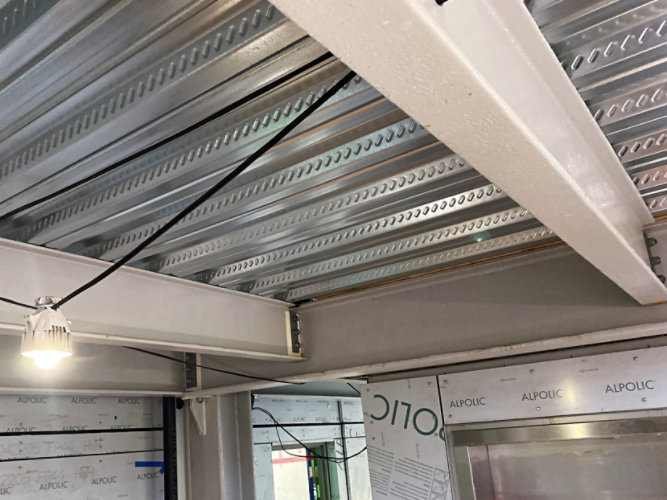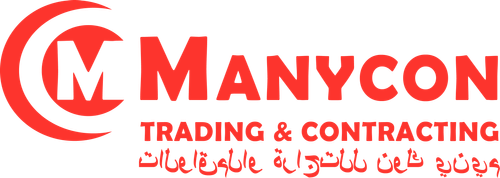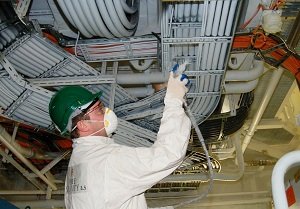Steel Fireproofing Services in Qatar – Intumescent, Epoxy-Based, Water-Based & Solvent-Based Solutions
- Home
- Steel Fireproofing Services in Qatar – Intumescent, Epoxy-Based, Water-Based & Solvent-Based Solutions

Steel Fireproofing Services – Intumescent, Epoxy-Based, Water-Based & Solvent-Based Solutions - Fireproofing Service
Protecting Structural Steel with Certified Fireproofing Coatings in Qatar
MANYCON TRADING AND CONTRACTING WLL delivers comprehensive steel fireproofing and passive fire protection for steel frameworks across Doha, Lusail, Wakrah, Ras Laffan, and beyond. Our UL/FM-approved coatings—including intumescent fire protection for structural steel, epoxy-based fireproofing, water-based fire retardant coatings, and solvent-based fireproof paints—ensure your steel beams, columns, and frames retain their load-bearing capacity during fires.


What Is Steel Fireproofing?
Steel fireproofing involves applying specialized fireproof coating for steel, spray-on fireproofing for steel beams, or cementitious fireproofing for steel to prevent heat transfer that weakens steel. Our intumescent coating for steel expands under heat, creating an insulating char layer, while epoxy, water-based, and solvent-based systems form durable fire barriers rated from 1 to 4 hours.
Our Steel Fireproofing Services Include
Technical Details & Standards:
Sectors We Serve:
Why Choose MANYCON Qatar ?
Quick Contact
Seal the Gap – Protect Lives with Certified Firestop Systems Contact us for firestop solutions for expansion joints, wall to ceiling gaps, and all passive protection needs.
Office No. 29, 2nd Floor, Building 50, Zone 55, Doha – Qatar
MANYCON Qatar – Your Trusted Partner in Passive Fire Protection.
Seal the Gaps. Save Lives. Choose MANYCON.


